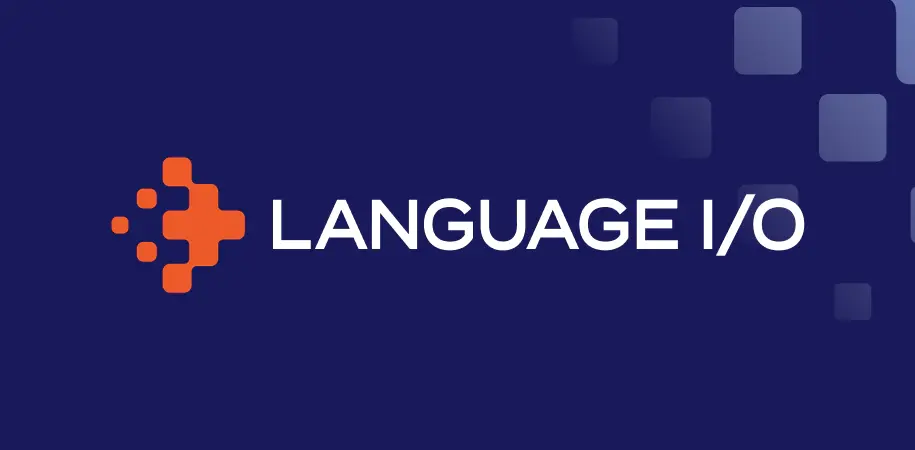
Many people who don’t understand the nuances of translation, think translation is a matter of changing content from French to English or Chinese to Spanish, but it’s much more complicated than that. When you’re translating content for business, you also have to think about style-related things such as font size, paper size, how dates are presented, and country-specific requirements.
If you think about these things before translating your content, you’ll have better translations and likely save yourself time and money during the translation process. Below, we’ve listed six things to check for when updating your style guide for translation.
Date Formats
The date is not expressed month/day/year the world over. Unless the format is specified, your translator could easily misinterpret a date. For example, does 01/02/16 represent January 2, 2016, or February 1, 2016?
Paper Size
If you’re providing printed content, the 8-1/2″ x 11″ size does not have an international standard. If your documents do not easily accommodate the more common A4 (8.27″ x 11.69″), you could find yourself with a beautifully translated, but horrifically printed target document. Better to design based on A4 and print to 8-1/2″ x 11″ later if necessary.
Text Expansion
Your target language can expand 25 percent to 30 percent from English (and sometimes even more), so you’ll want to decide up front how to handle this issue. If button size, form length and page integrity is crucial, the only option is to reduce point size and adjust the type. If layout is more important, you’ll have to abbreviate, use different translations, or add pages so the look of the original content is more closely maintained.
Weights and Measures
The units of the target location should be used. That said, if those are not the units used in the source, you’ll want to indicate the conversion factor as well as whether you want both the original unit and the conversion included in the text. Using both the original and conversion units is a standard practice in translation, but it has a definite impact on layout because of the resulting text expansion.
Fonts
Depending on the target languages, the fonts you choose may or may not support the special characters and character sets required. If you find that they are not supported, you’ll want to work with your translation vendor to find an appropriate substitution.
Country Specific Requirements
To avoid including erroneous or misleading information in your target documentation, you’ll want to indicate any information that will differ from the source documentation. This could include things such as phone numbers, mailing and e-mail addresses and URLs.
While you’re updating your style guide, you may also want to do the following:
Review company-specific terminology with your sales and marketing teams to make sure you’re using the same language to describe the same features across documents and publications.
Ask your company lawyer to review copyright statements and disclaimers to ensure that they’re appropriate not only for distribution in your own country but for any of the countries in which you’ll be distributing your product. Occasionally, foreign requirements for such notices may be more stringent than those of your national government.
Recruit a colleague or two from your professional groups such as a contractor with editing experience, or trusted English teacher to help you review the grammatical correctness of your house style.
Talk to an experienced translator, native speaker, or fluent speaker of your target language to find out if there are differences in punctuation styles, abbreviations, and symbols that you should account for in your style guide.
When going global, providing multilingual customer support is imperative. Creating that stellar customer experience is only done by supporting your customers in the language they speak. To find out how to do this simply and without adding costly multilingual customer support agents to your payroll, click here.



